When Biology Meets Technology: Harnessing the Power of Bioinformatics- It's all blasphemy
Bioinformatics”computer science “informatik”and computational biology“bioinformatik.”bioinformatics emphasizes the information flow in biology
TURNING HUMANS INTO COMPUTERS USING BIOLOGICAL LIFE-LIVING LIFE Houston you know you have a problem when your god-given genetics have been turned into part technological and part biological blasphemy
Bioinformatics”computer science “informatik”and computational biology“bioinformatik.”bioinformatics emphasizes the information flow Biological computing,
biocomputing, refers to a form of computing that uses biological organisms or processes as a primary component or mechanism for storage, processing, and transferring information. It encompasses a broad spectrum of technologies, including DNA computing, molecular computing, and cellular computing. Bioinformatics scientists conduct research to study huge molecular datasets including DNA, microarray, and proteomics data.
The term bioinformatics was coined by Paulien Hogeweg and Ben Hesper to describe “the study of informatic processes in biotic systems” and it found early use when the first biological sequence data began to be shared. Bioinformatics scientists develop software and custom scripts that automate data mining and manipulation. They develop these tools using Perl, PHP, MySQL, and other computer languages Believe it or not, the Internet wasn’t exactly a human invention. The World’s First Internet was created by microbes, the tiny organisms that are responsible for all life on Earth. What is the underground “Wood Wide Web”, and how is it built? · Plants talk and interact through the “Wood Wide Web”… Pulse Field Gel
Electrophoresis (PFGE) is a powerful genotyping technique used for the separation of large DNA molecules (entire genomic DNA) after digesting it with unique restriction enzymes and applying to a gel matrix under the electric field that periodically changes direction. PFGE separates DNA molecules in agarose gel by subjecting them to electric fields that alternate ("pulsate") in two directions. This technology plays a key role in the modern genomics as it allows manipulations of the DNA of whole chromosomes or their large fragments. (Hydrogels) (Hydrogels are in all the mRNA vaccines)This protocol describes pulsed-field gel electrophoresis (PFGE), a method developed for separation of large DNA molecules. Whereas standard DNA gel electrophoresis commonly resolves fragments up to ∼50 kb in size, PFGE fractionates DNA molecules up to 10 Mb. … Microbial genomics software for any bacteria, any research topic, any lab.
cgMLST combines the best: Comparability of MLST and discriminatory power of PFGE.
Microbiologists everywhere can experience the genomic revolution that benchtop next generation sequencing (NGS; e.g., Illumina, Ion Torrent, ONT or PacBio) provides.
http://www.ridom.de/
Trees, from the mighty redwoods to slender dogwoods, would be nothing without their microbial sidekicks. Millions of species of fungi and bacteria swap nutrients between soil and the roots of trees, forming a vast, interconnected web of organisms throughout the woods. Now, for the first time, scientists have mapped this "wood wide web" on a global scale, is what they did was sprayed Cesium 137 everywhere and watched how it was absorbed into various plants like mycelium and trees because it's radioactive and they were able to see it inside of the plants and trees using a database of more than 28,000 tree species living in more than 70 countries. US11,930,107B2 ENTANGLED LINKS, TRANSACTIONS AND TREES FOR DISTRIBUTED COMPUTING SYSTEMS US5025369A - Computer system 2024/0084343 A1 METHODS OF USING NATURAL AND ENGINEERED ORGANISMS TO PRODUCE SMALL MOLECULES FOR INDUSTRIALS US20220282263A1 Engineered organisms and uses thereof in the production of biologics, reagents, diagnostics and research tools Synthetic biology can advance speciation far more rapidly using a combination of clustered regularly interspaced short palindromic repeats (CRISPR) technology, advanced computing technologies, and knowledge creation using AI. biological computing can potentially achieve computational feats that were previously unimaginable, such as Clustered Regularly Interspaced Short Palindromic Repeats (CRISPR), Gene Editing Technology in Genetic Engineering, Quantum Computing, the Human Genome Project, and the Human Cell Atlas Project to name a few.
US 2024/0084364 A1 CRISPR ENZYMES AND SYSTEMS (crisper is in all of the mRNA vaccines) It is the microbe’s capacity to transfer information to other organisms that makes the analogy with the World Wide Web plausible. it is equally enlightening to portray the biosphere of real, living microbes as a world wide web of informational exchange. through a processes known as Aplasmid transfer,” microbes can exchange biological innovations among themselves, including - most importantly and dangerously - resistance to antibiotics, which one species of microbes can pass on to another. Just as scientists study entire ecological systems to see how the various parts interact, we must regard the human body as an extended genome. Its parts consist of the nuclear DNA genome (karyome), a chondriome (mitochondria),
perhaps not far off when Homo sapiens itself will initiate its own speciation once it advances synthetic biology to a level where it can safely modify the brain to temper emotion and enhance rational thinking as a means of competing against AI-embedded machines guided by quantum algorithms.
Much like our own cells, microbes treat pieces of DNA as coded messages. These messages contain information for assembling proteins into molecular machines that can solve specific problems, such as repairing the cell. But microbes don’t just get these messages from their own DNA. They also swallow pieces of DNA from their dead relatives or exchange them with living mates. These DNA pieces are then incorporated into their genomes, which are like computers overseeing the work of the entire protein machinery In this way, microbial society effectively constructs a collective ‘mind’. This mind directs pieces of software, written in DNA code, back and forth between trillions of microbes with a single aim: to fully explore the local environment for resources. In this way, microbes eventually conquered the planet, creating a global microbial network that resembles the World Wide Web, but using biochemical signals instead of electronic-digital ones. (Pheromones) The similarities to human technology don’t stop there. Scientists and engineers are now working on expanding our own information network into the Internet of Things, integrating all manner of devices by equipping them with microchips to sense and communicate. below (Nanotech that was found in the covid 19 mRNA vaccines by dr. David Nixon)
Turing's theoretical framework for computation became a cornerstone, inspiring researchers to explore how biological elements could emulate the principles of computation. Biocomputing’s engineering challenge is to gain a granular level of control of the reactions between organic compounds like DNA or RNA.
There has been growing interest in designing synthetic RNA counterparts for programming biological function. Receive chemical inputs in RNA (data input) Computing in Ribosomes: Performing Boolean Logic Using mRNA-Ribosome System Perform complex logic operations using ribosomes It is well known that deoxyribonucleic acid (DNA) stores our genetic information Cells store data in DNA DNA computing, However, the biological data amount is becoming so great that traditional data analysis platforms and methods can no longer meet the need to rapidly perform data analysis tasks in life sciences. As a result, both biologists and computer scientists are facing the challenge of gaining a profound insight into the deepest biological functions from big biological data.
This in turn requires massive computational resources. Therefore, high performance computing (HPC) platforms are highly needed as well as efficient and scalable algorithms that can take advantage of these platforms a groundbreaking branch of biological computing, capitalises on the storage capacity and parallelism inherent in DNA molecules. Researchers manipulate DNA strands to perform computations In bioinformatics, DNA computing finds applications in analysing genetic sequences, predicting protein structures, and understanding evolutionary patterns Protein synthesis by single ribosomes Produce outputs by synthesizing proteins using myosin — a superfamily of motor proteins which cause muscle contraction and convert chemical energy into mechanical energy. Myosin-enabled biocomputing could perform multiple computations simultaneously. Similar to a living organism the “software” in biological systems is responsible for producing and assembling the hardware which in turn will help run the software. biocomputers include biochemical computers, biomechanical computers, and bioelectronic computers and neuromorphic computing the emergence of synthetic biology marked another significant milestone. Scientists began engineering biological circuits
These engineered biological circuits, often called genetic logic gates, enabled the creation of complex computational networks within living cells that paved the way for developing biological computing devices to process information, make decisions, and execute specific tasks. Applications ranged from biosensors capable of detecting environmental pollutants to therapeutic systems for targeted drug delivery like mRNA vaccines within the human body. biological computing opened new avenues for research and innovation. Algorithms inspired by biological processes, such as neural networks and genetic algorithms, found applications in optimising biological computations and understanding complex biological phenomena.
Machine learning and biological computing not only enhanced the efficiency of computational processes but also deepened our understanding of the intricate mechanisms governing living organisms. Recognising biological systems as computing entities not only deepens our understanding of life
Quantum biology, a burgeoning field at the intersection of quantum physics and biology, explores quantum phenomena in living organisms. Quantum effects, such as entanglement and superposition, are now known to play a role in biological processes Quantum effects, such as entanglement and superposition, are now known to play a role in biological processes.a world where genetic engineering, artificial intelligence (AI), and quantum computing (QC) will coalesce to bring about a forced speciation of the Homo sapiens
The amalgamation of artificial intelligence and biological computing is poised to revolutionise data analysis, propelling us toward unprecedented Quantum biology, Patenting in the field of bioinformatics is not new. In fact, the first bioinformatics-related patent was filed in 1988. However, it was not until the early 2000s that the number of bioinformatics-related patents began to increase significantly. This initial increase was driven by the rapid advances in DNA sequencing technologies the number of bioinformatics-related patent applications increased by an average of 13.2% per year between 2013 and 2018 (Intellectual property protection indicators 2019). From data available since 2001, there has been a year-on-year increase in bioinformatics-related patents with a record-breaking number of patents filed in 2022 at just over 18,000 which is set to be broken again in 2023.such as those generated by the Human Genome Project, bioinformatics-related patents can also be attributed to advances in artificial intelligence and machine learning. The global bioinformatics market in terms of revenue was estimated to be worth $10.1 billion in 2022 and is poised to reach $18.7 billion by 2027 Qiagen: Qiagen is a provider of sample and assay technologies for molecular diagnostics Thermo Fisher Scientific: Thermo Fisher Scientific company offers a range of bioinformatics Illumina: Illumina is a leading provider of DNA sequencing and genotyping technologies Illumina Inc has over 470 patents relating to the bioinformatics the University of California has filed over 2000 patent application between 2002 and 2023, highlighting the academic interest in this field. Nanobiotechnology, bionanotechnology, and nanobiology are terms that refer to the intersection of nanotechnology and biology.[1] Given that the subject is one that has only emerged very recently, bionanotechnology and nanobiotechnology serve as blanket terms for various related technologies
bioinformatics scientist Mihir Metkar Scientist named ‘First Inventor’ for Moderna COVID-19 Vaccine has been recognized by Moderna as the primary contributor towards its Covid-19 vaccine. The Moderna COVID-19 vaccine additionally incorporates a innocent piece of messenger RNA US 11,622,972 https://medium.com/@vaishnavi_gangadhar/bioinformatics-scientist-named-first-inventor-for-moderna-covid-19-vaccine-f79e62610f3d Dual-use nano-neurotechnology https://pubmed.ncbi.nlm.nih.gov/30488813/ Self-organizing maps of massive document collections https://ieeexplore.ieee.org/document/857865
Classifications
G16B5/00 ICT specially adapted for modelling or simulations in systems biology, e.g. gene-regulatory networks, protein interaction networks or metabolic networks
G16B5/30 Dynamic-time models
G16B5/20 Probabilistic models
https://patents.google.com/?q=G06N3%2f063
G06K19/06046 Constructional details
B82Y15/00 Nanotechnology for interacting, sensing or actuating, e.g. quantum dots as markers in protein assays or molecular motors
C12Q1/6804 Nucleic acid analysis using immunogens
C12Q1/6825 Nucleic acid detection involving sensors
G01N33/532 Production of labelled immunochemicals
G01N33/533 Production of labelled immunochemicals with fluorescent label
G01N33/582 Chemical analysis of biological material, e.g. blood, urine; Testing involving biospecific ligand binding methods; Immunological testing involving labelled substances with fluorescent label
G01N33/588 Chemical analysis of biological material, e.g. blood, urine; Testing involving biospecific ligand binding methods; Immunological testing involving labelled substances with semiconductor nanocrystal label, e.g. quantum dots
C12Q1/6837 Enzymatic or biochemical coupling of nucleic acids to a solid phase using probe arrays or probe chips
B82Y15/00 Nanotechnology for interacting, sensing or actuating, e.g. quantum dots as markers in protein assays or molecular motors
B82Y30/00 Nanotechnology for materials or surface science, e.g. nanocomposites
B82Y10/00 Nanotechnology for information processing, storage or transmission, e.g. quantum computing or single electron logic
B82Y5/00 Nanobiotechnology or nanomedicine, e.g. protein engineering or drug delivery
C07H21/00 Compounds containing two or more mononucleotide units having separate phosphate or polyphosphate groups linked by saccharide radicals of nucleoside groups, e.g. nucleic acids
C12Q1/6816 Hybridisation assays characterised by the detection means
C12Q1/6834 Enzymatic or biochemical coupling of nucleic acids to a solid phase
B01J2219/005 Beads
B01J2219/00585 Parallel processes
B01J2219/00596 Solid-phase processes
B01J2219/00603 Making arrays on substantially continuous surfaces
B01J2219/00648 Making arrays on substantially continuous surfaces the compounds being bound to beads immobilised on the solid supports by the use of solid beads
B01J2219/00653 Making arrays on substantially continuous surfaces the compounds being bound to electrodes embedded in or on the solid supports
B01J2219/00659 Two-dimensional arrays
B01J2219/00702 Processes involving means for analysing and characterising the products
B01J2219/00722 Nucleotides
B82B1/00 Nanostructures formed by manipulation of individual atoms or molecules, or limited collections of atoms or molecules as discrete units
C40B40/06 Libraries containing nucleotides or polynucleotides, or derivatives thereof
Y10S977/924 Specified use of nanostructure for medical, immunological, body treatment, or diagnosis using nanostructure as support of dna analysis
G01N33/54353 Immunoassay; Biospecific binding assay; Materials therefor with an insoluble carrier for immobilising immunochemicals with ligand attached to the carrier via a chemical coupling agent
C12N15/1006 Extracting or separating nucleic acids from biological samples, e.g. pure separation or isolation methods; Conditions, buffers or apparatuses therefor by means of a solid support carrier, e.g. particles, polymers
C12N15/1013 Extracting or separating nucleic acids from biological samples, e.g. pure separation or isolation methods; Conditions, buffers or apparatuses therefor by means of a solid support carrier, e.g. particles, polymers by using magnetic beads
C12Q1/6834 Enzymatic or biochemical coupling of nucleic acids to a solid phase
G01N35/0098 Automatic analysis not limited to methods or materials provided for in any single one of groups G01N1/00 - G01N33/00; Handling materials therefor involving analyte bound to insoluble magnetic carrier, e.g. using magnetic separation
Y10S435/82 Subcellular parts of microorganisms
Hide more classifications G06F8/10 Requirements analysis; Specification techniques
G06N5/02 Knowledge representation; Symbolic representation G16B50/00 ICT programming tools or database systems specially adapted for bioinformatics
G16H40/67 ICT specially adapted for the management or administration of healthcare resources or facilities; ICT specially adapted for the management or operation of medical equipment or devices for the operation of medical equipment or devices for remote operation
G16H50/20 ICT specially adapted for medical diagnosis, medical simulation or medical data mining; ICT specially adapted for detecting, monitoring or modelling epidemics or pandemics for computer-aided diagnosis, e.g. based on medical expert systems
G16H50/30 ICT specially adapted for medical diagnosis, medical simulation or medical data mining; ICT specially adapted for detecting, monitoring or modelling epidemics or pandemics for calculating health indices; for individual health risk assessment
G16H70/60 ICT specially adapted for the handling or processing of medical references relating to pathologies
G16B20/00 ICT specially adapted for functional genomics or proteomics, e.g. genotype-phenotype associations
G16B30/00 ICT specially adapted for sequence analysis involving nucleotides or amino acids
C12N15/113 Non-coding nucleic acids modulating the expression of genes, e.g. antisense oligonucleotides; Antisense DNA or RNA; Triplex- forming oligonucleotides; Catalytic nucleic acids, e.g. ribozymes; Nucleic acids used in co-suppression or gene silencing no wonder people have sex identity crisis
A61K39/0006 Contraceptive vaccins; Vaccines against sex hormones
Classification Resources Classifications
H04L9/0852 Quantum cryptography
G06N3/063 Physical realisation, i.e. hardware implementation of neural networks, neurons or parts of neurons using electronic means
B82Y10/00 Nanotechnology for information processing, storage or transmission, e.g. quantum computing or single electron logic
G06N10/00 Quantum computing, i.e. information processing based on quantum-mechanical phenomena
G06N20/00 Machine learning
G06N3/08 Learning methods
H04L2209/34 Encoding or coding, e.g. Huffman coding or error correction
https://www.uspto.gov/web/patents/classification/cpc/html/cpc-G16B.html




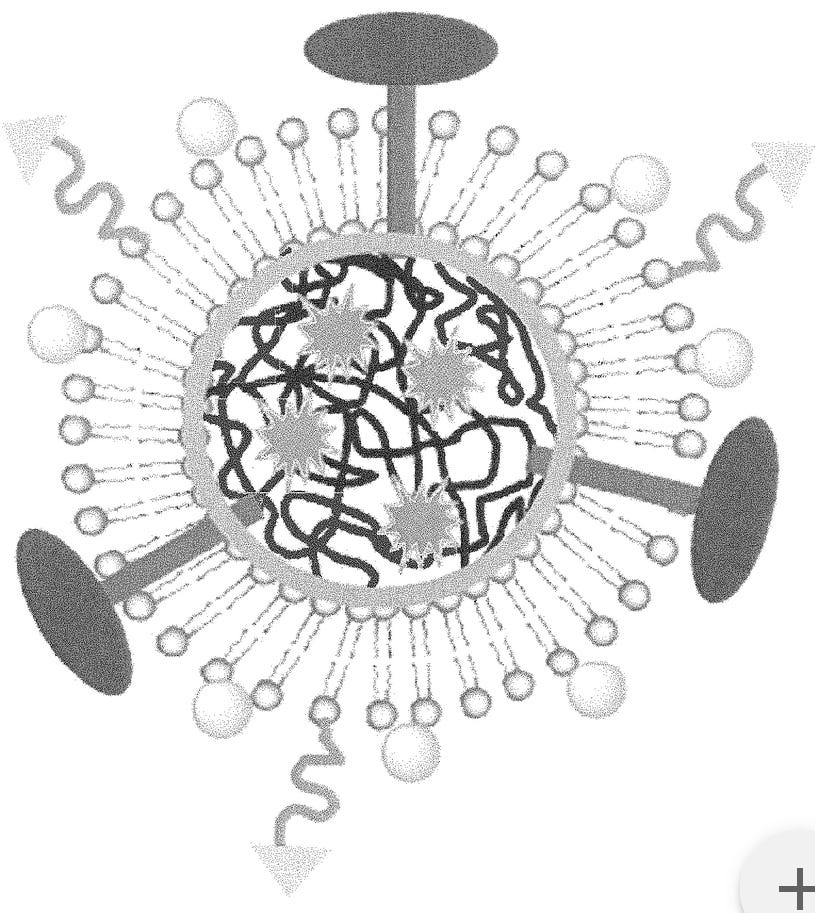
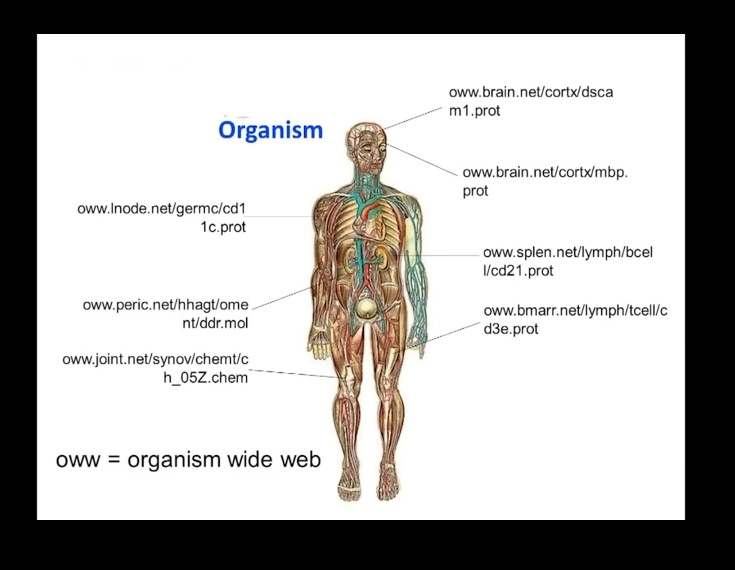

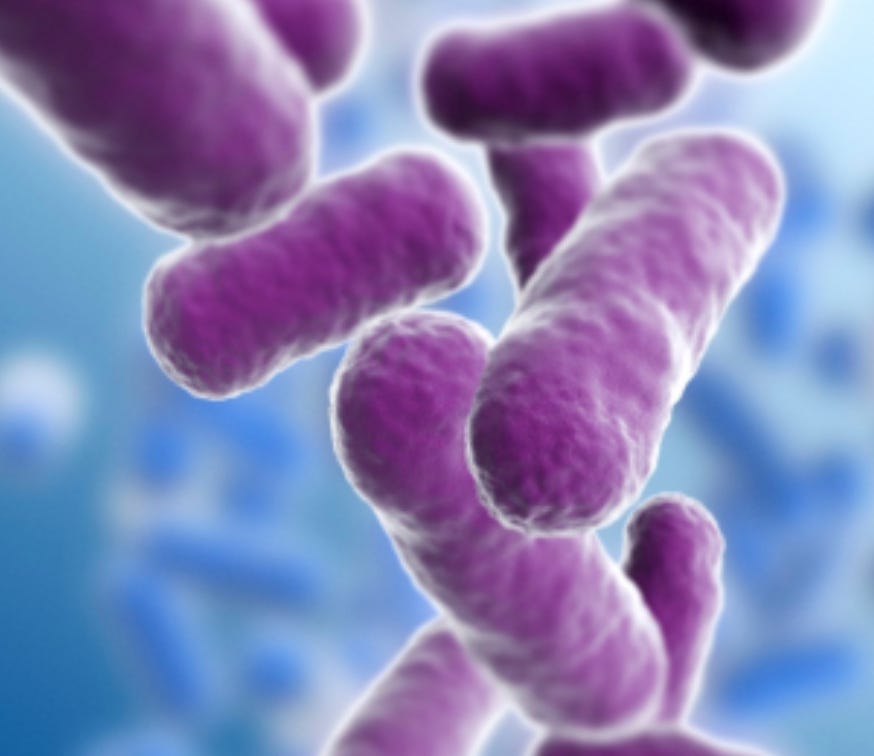

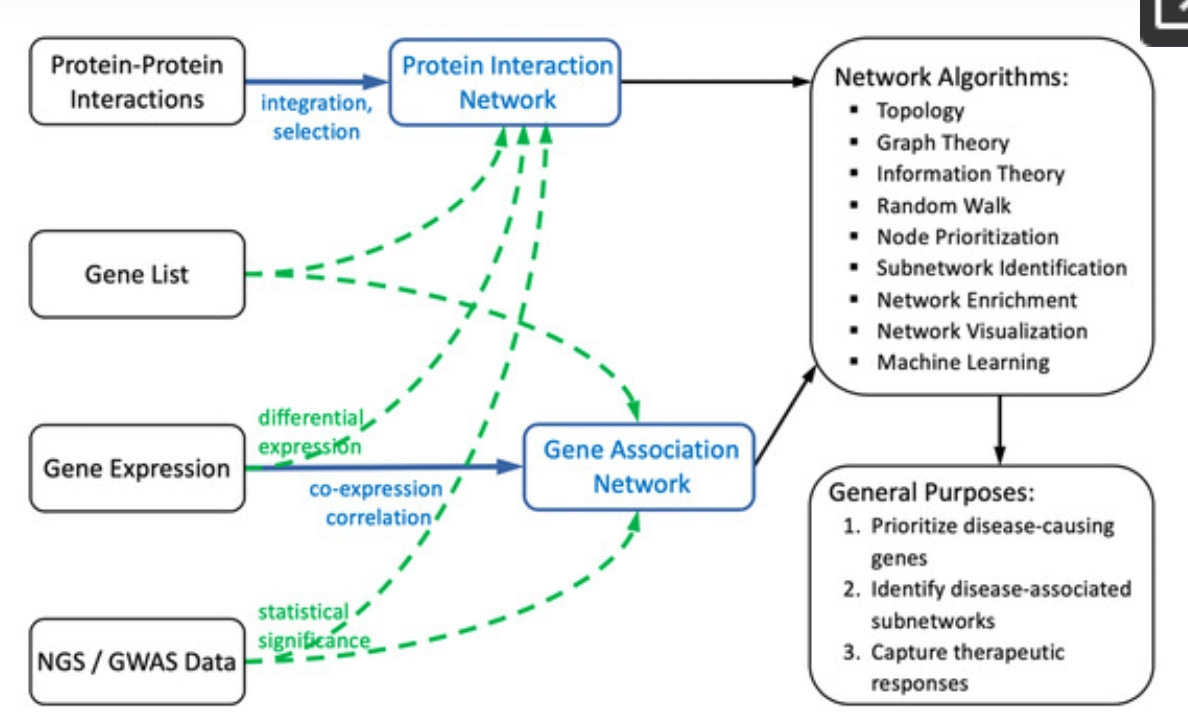

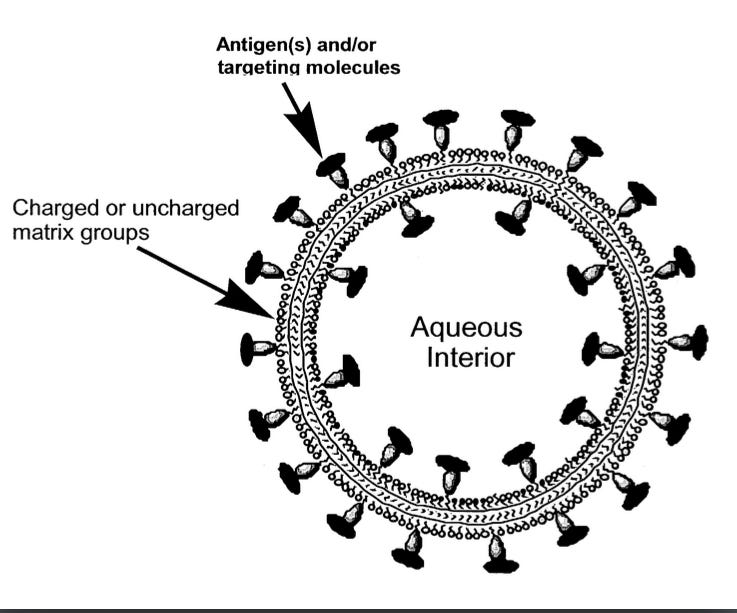
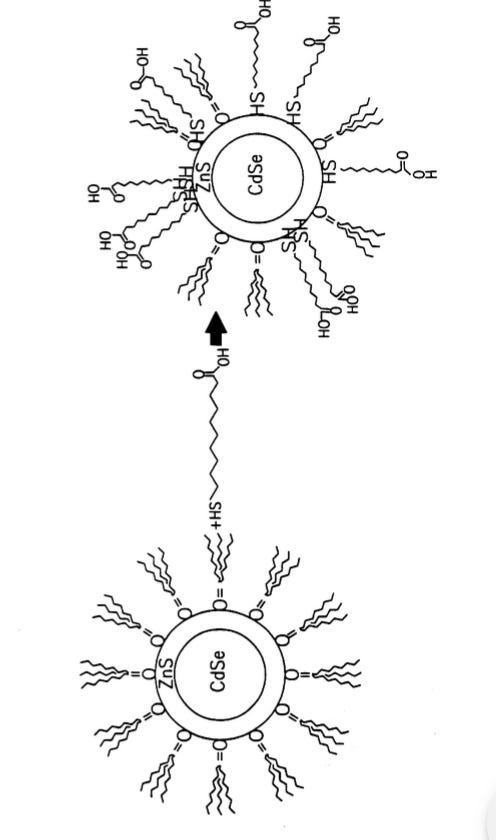
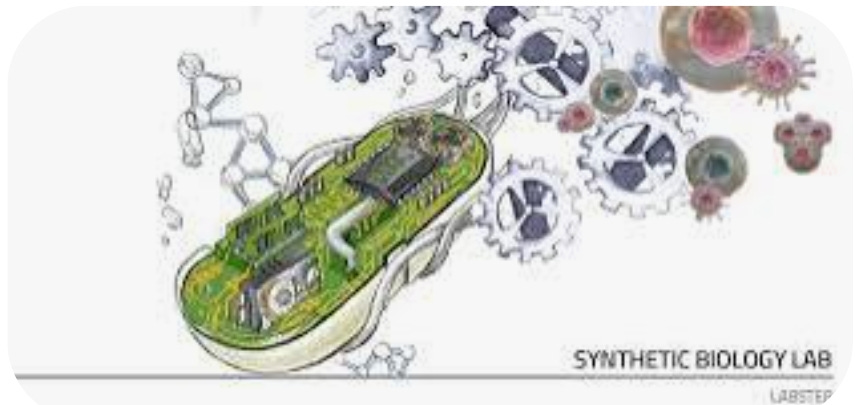

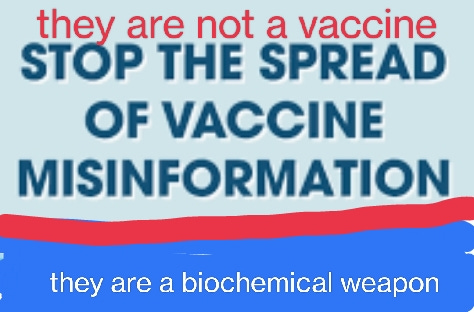

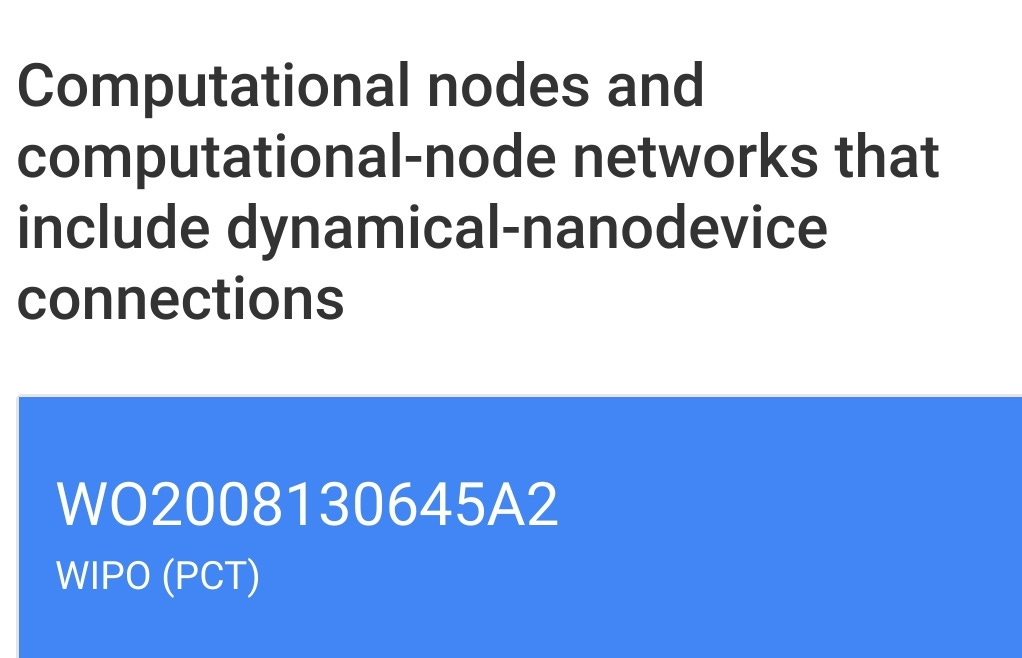
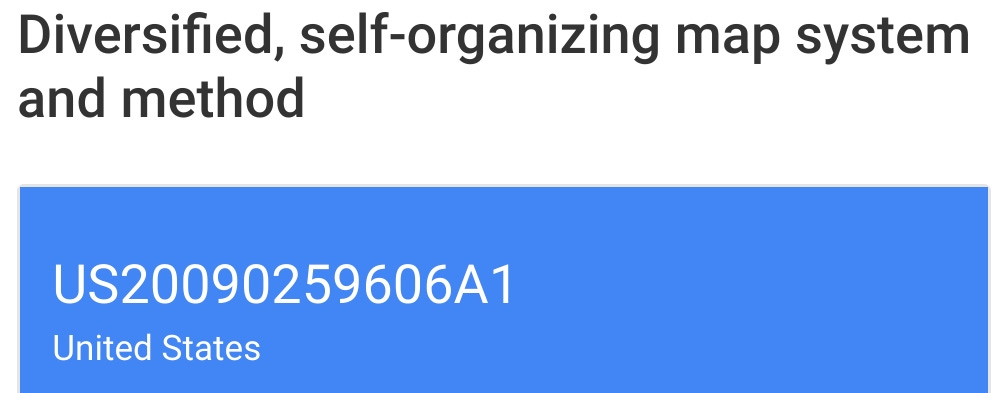

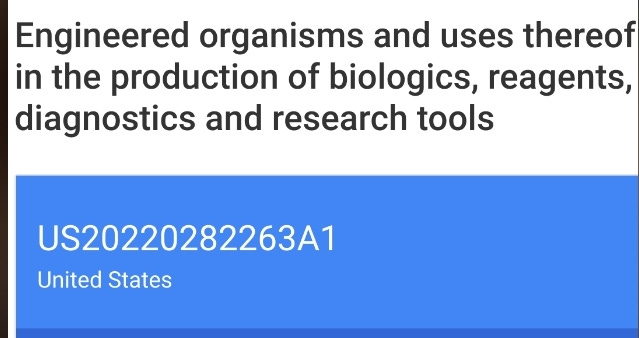
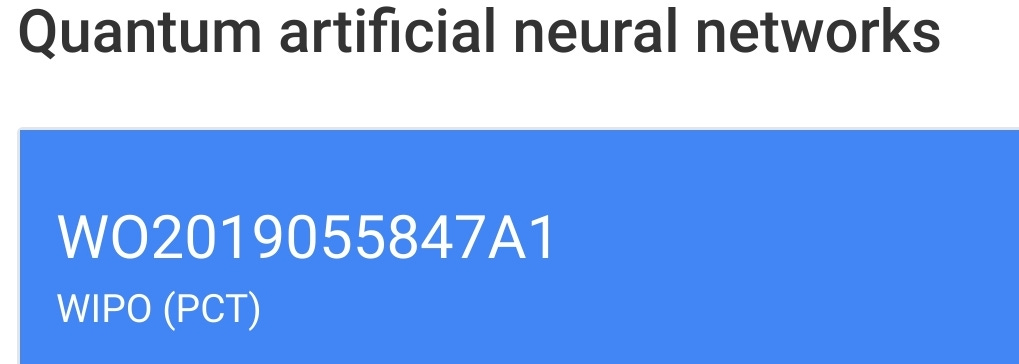
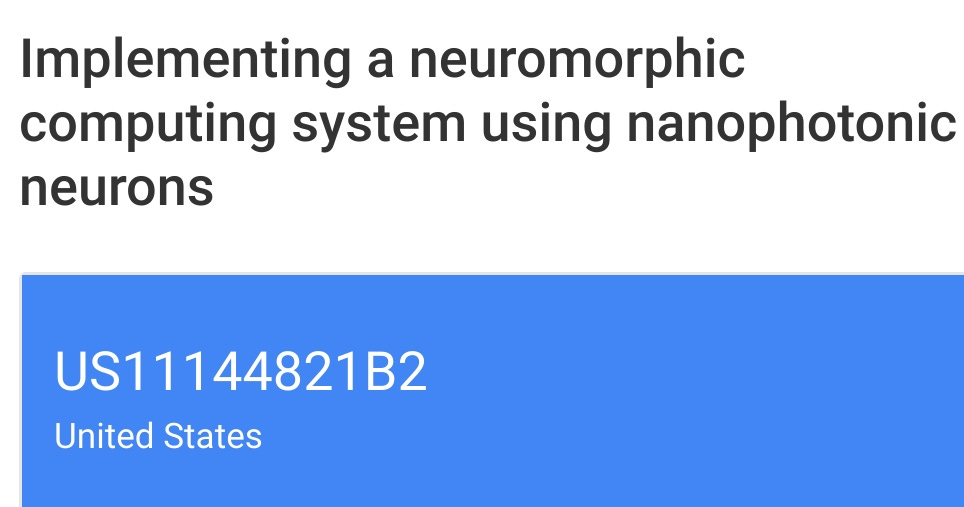
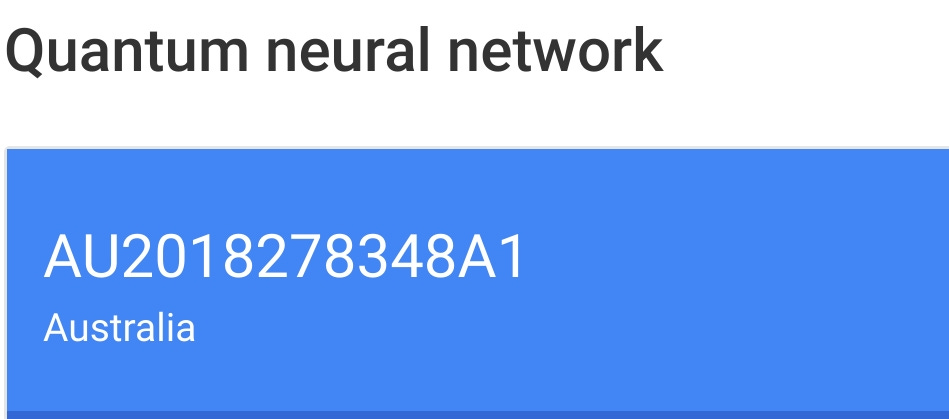

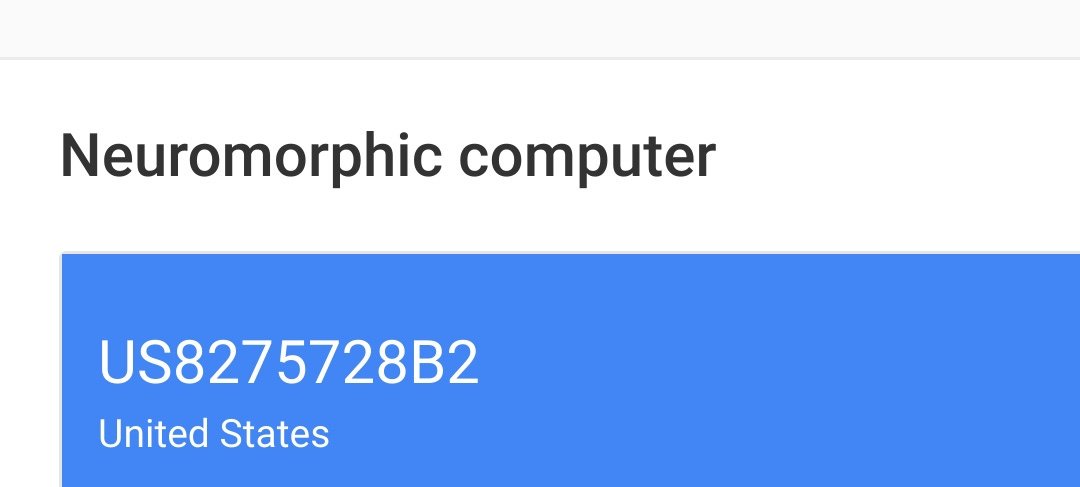
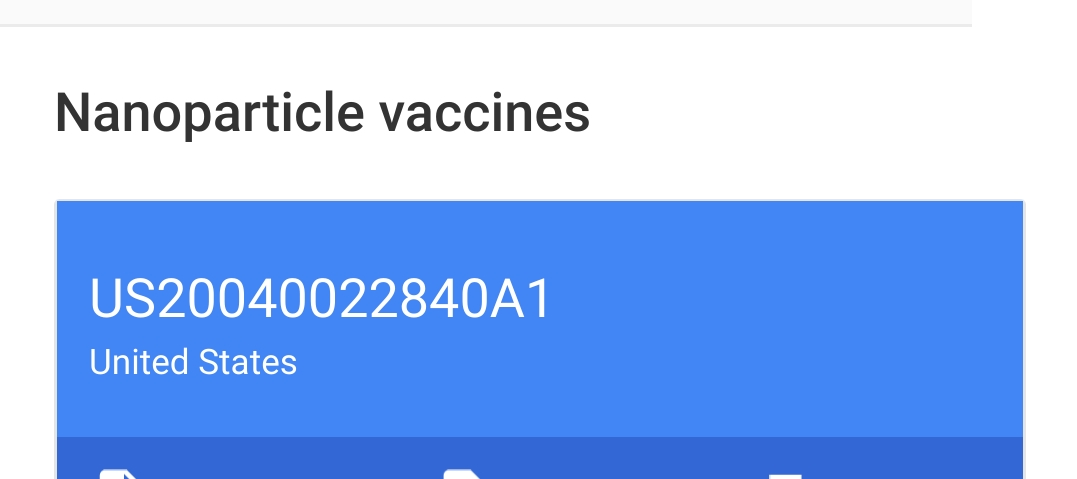
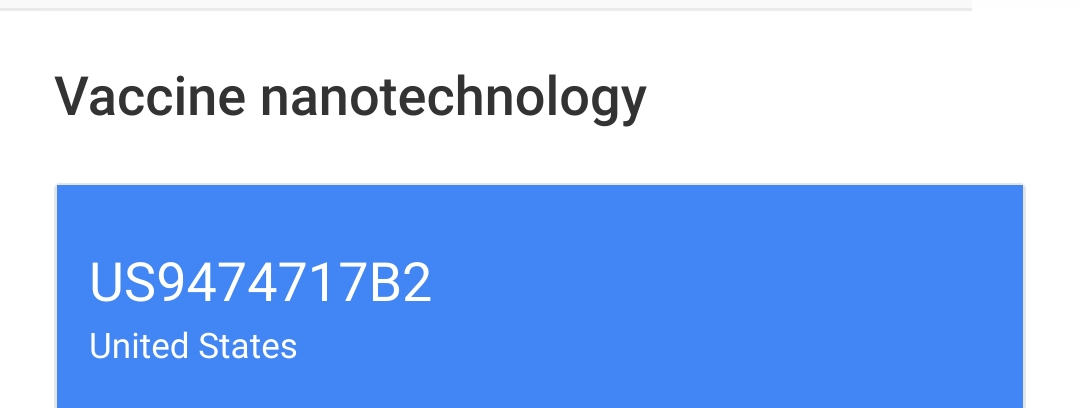
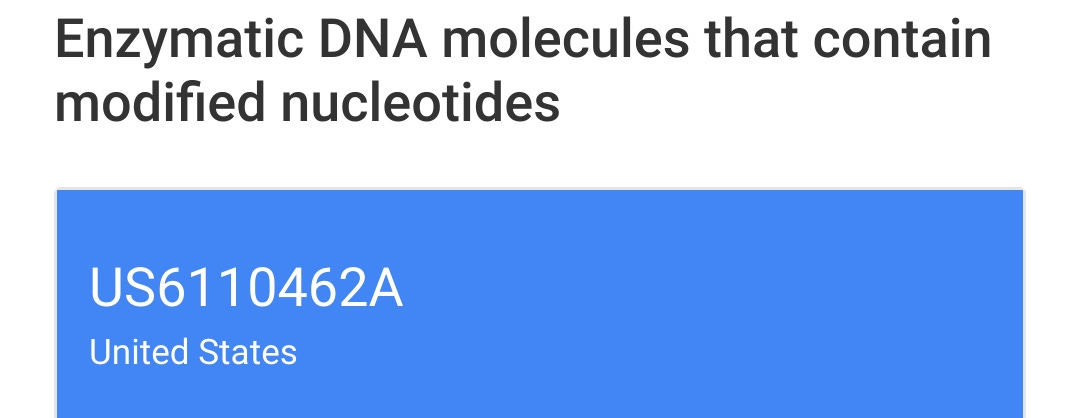
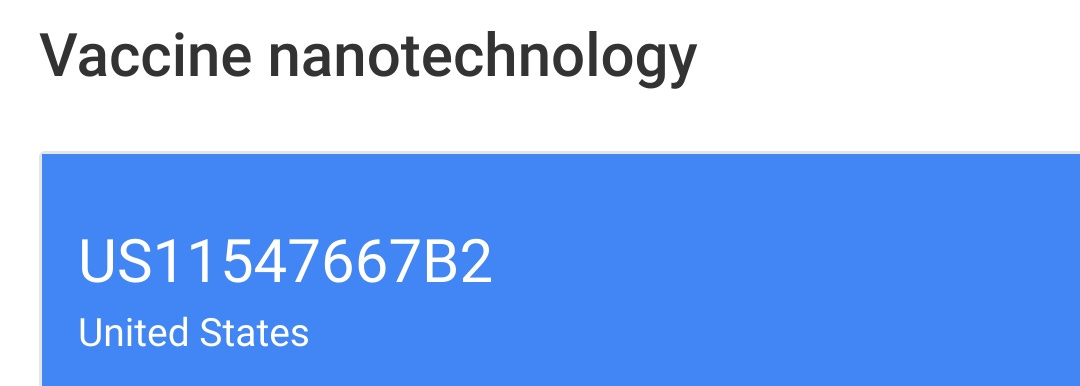
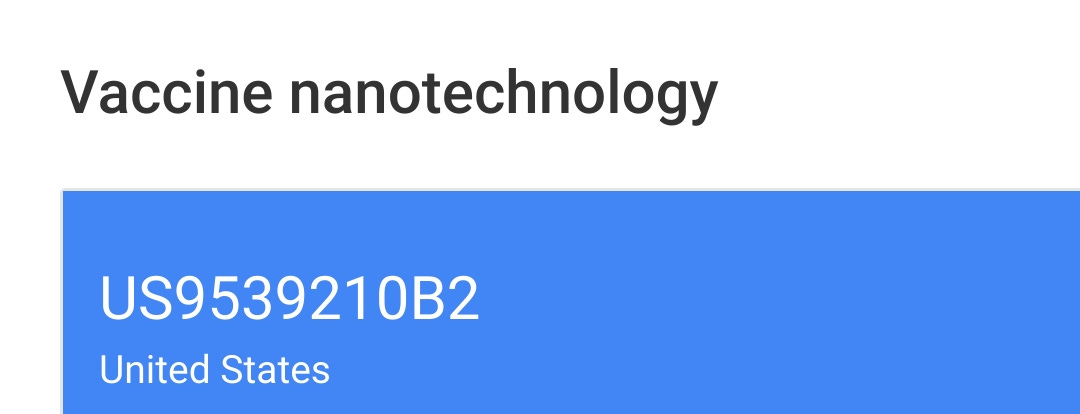
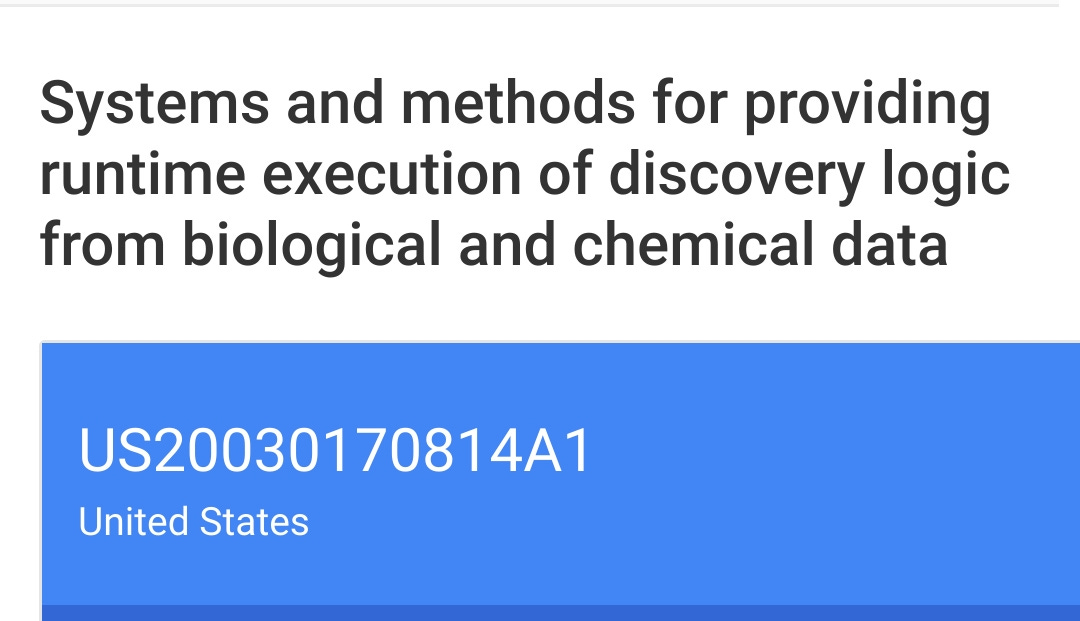
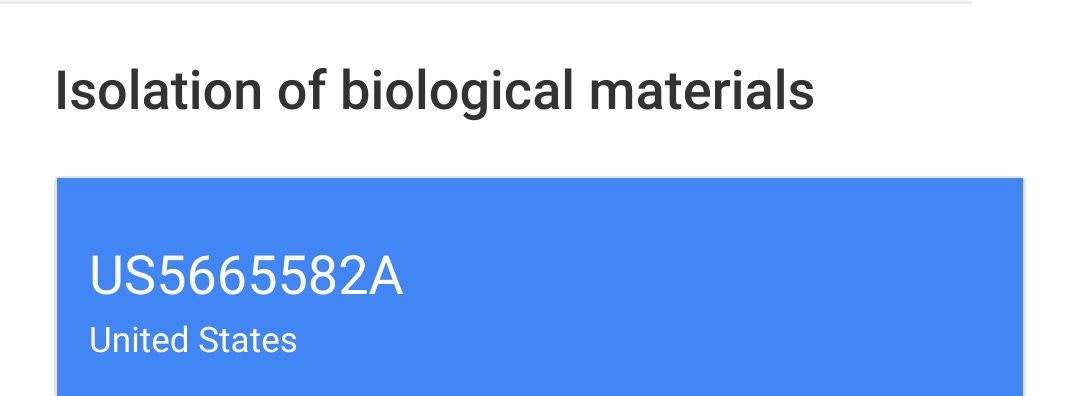
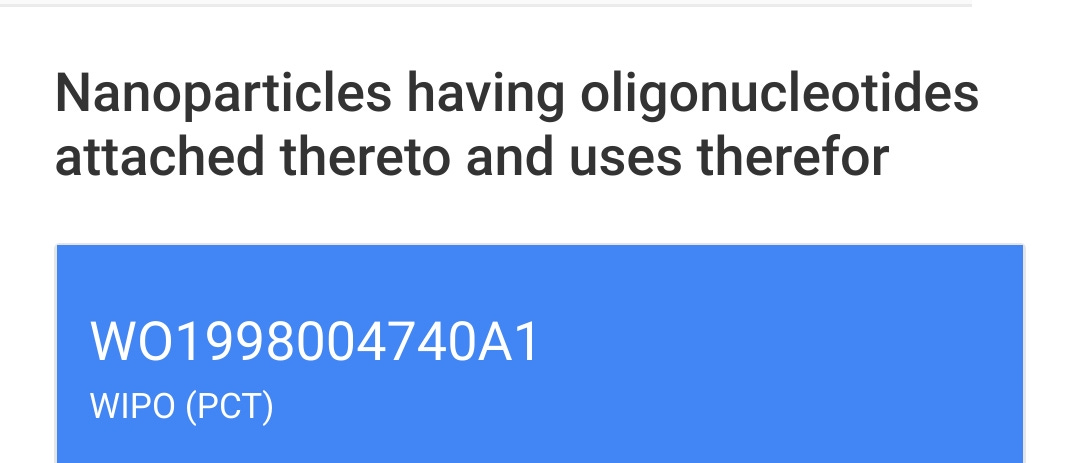
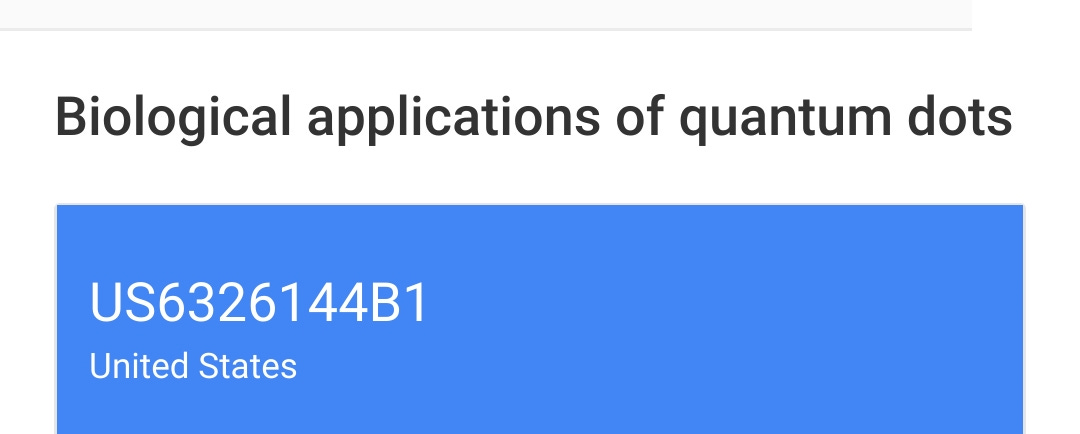
I came here after reading your comment on Dr. Ana's most recent article. Thank you for providing such in-depth, thoughtful information.